Minimize ill-being first
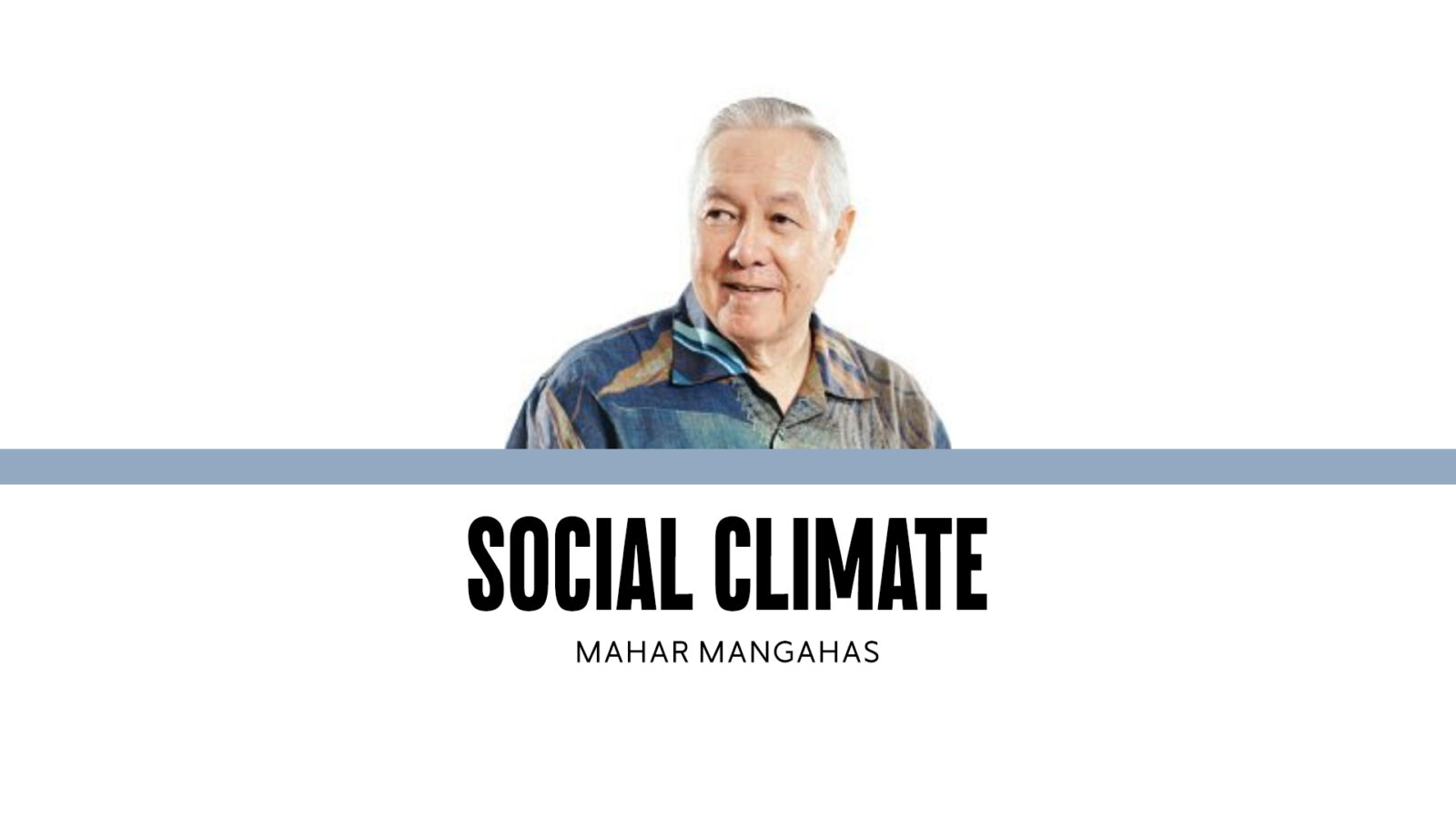
In this time of widespread stormy weather, the social imperative is to minimize the number of people who suffer from it, and thus become ‘losers,’ through no fault of their own. There are no individual winners. The community winners are the local government units whose constituents suffer the least loss of life, health, and property, thanks to adequate precautions taken in past years against floods and their related problems.
Public well-being is greatest where ill-being is most absent. It is quite reasonable that the indicators of the United Nations’ Social Development Goals (UN SDGs), intended for achievement by 2030, are defined more in terms of avoiding the bad than in terms of achieving the good.
There are 17 SDGs, the lower-numbered being of higher priority; let’s consider the first four, and the top targets of each (see sdgs.un.org).
SDG1. End poverty in all its forms, everywhere. Of its 7 targets, the first is to eradicate extreme poverty for all people. (Its extreme poverty line, meant to sustain one person for one day, is what 1.25 US dollars can buy in the United States, roughly equal to what 24 Philippine pesos can buy in the Philippines; very stingy, but a start.)
Its second target is to reduce by half the proportion of men, women and children of all ages living in poverty, in all its dimensions, according to national definitions.
SDG2. End hunger, achieve food security and improved nutrition and promote sustainable agriculture. Of 8 targets, its first is to end hunger and ensure access by all people, in particular the poor and vulnerable, like infants, to safe, nutritious, and sufficient food all year round.
Its second target is to end all forms of malnutrition, including achieving, by 2025, the internationally agreed targets on stunting and wasting in children under 5 years of age, and address the needs of adolescent girls, and pregnant and lactating women.
SDG3. Ensure healthy lives and promote well-being for all, at all ages. The first of its 13 targets is to reduce maternal mortality to below 70 per 100,000 live births by 2030.
The second is to reduce neonatal (the first 4 weeks from birth) mortality to below 12 per 1,000 live births, and under-age-5 mortality to 25 per 1,000 live births, also by 2030.
SDG4. Ensure inclusive and equitable quality education and promote lifelong learning opportunities for all. Its first of 10 targets is for all girls and boys to have free, equitable, and quality primary and secondary education that leads to relevant and effective learning outcomes.
Its second is for all to have access to quality early-childhood development, care, and pre-primary education so that they are ready for primary education. Both targets are for achievement by 2030.
The short titles of the other SDGs are: 5. gender equality, 6. clean water and sanitation, 7. affordable and clean energy, 8. decent work and economic growth, 9. industry, innovation and infrastructure, 10. reduced inequalities, 11. sustainable cities and communities, 12. responsible consumption and production, 13. climate action, 14. life below water, 15. life on land, 16. peace, justice and strong institutions, and 17. partnerships for the goals. (SDG16 is the one that decries extra-judicial killings of journalists and alleged drug pushers; I would have assigned it a higher-priority number.)
For all these SDGs, the aim is not to get richer, but to be less deprived and less likely to fall victim to misfortune.
Defining justice as the absence of injustice is a concept capable of unanimity. The book I recommend is “A Theory of Justice,” by the philosopher John Rawls (1921-2002). This is a social contract theory not dependent on any religion, and compatible with all religions. Many Filipino academics know it, and teach it. It can be seen in the work of the late Jose W. Diokno.
Imagine an ‘original position’ where a group of people, yet unborn, are ignorant of all circumstances into which they will be born that could affect their well-being in life, like their parentage, race, gender, nationality, etc. — how would they like their society ordered?
Rawls argues that they could unanimously agree on minimal or basic rights, such as: no slavery, no discrimination, the freedom to do whatever does not lessen the freedom of others, and perhaps a poverty line.
The group’s well-being is measured by that of the worst-off person; it improves only by including the worst-off in any improvement. The well-being of better-off persons is immaterial unless they contribute to raising the quality of life of the worst-off.
This kind of a society may not be realistic now, or anytime soon. But it is worth thinking about. The aspiration for a minimal quality of life is not greed. The avoidance of individual tragedy is a triumph of the community.
Dr Mahar Mangahas is a multi-awarded scholar for his pioneering work in public opinion research in the Philippines and in South East Asia. He founded the now familiar entity, “Social Weather Stations” (SWS) which has been doing public opinion research since 1985 and which has become increasingly influential, nay indispensable, in the conduct of Philippine political life and policy. SWS has been serving the country and policymakers as an independent and timely source of pertinent and credible data on Philippine economic, social and political landscape.


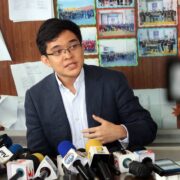
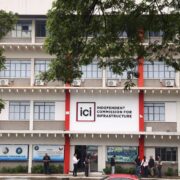
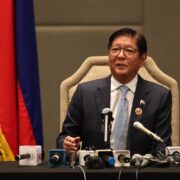
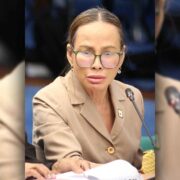
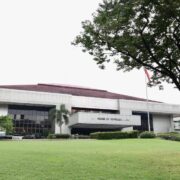
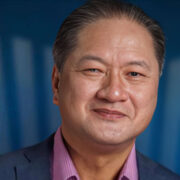
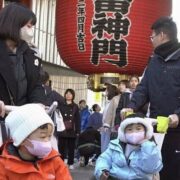
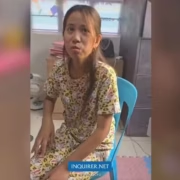
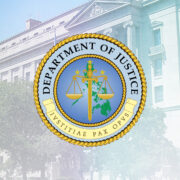

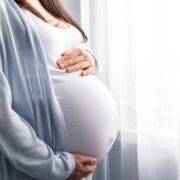
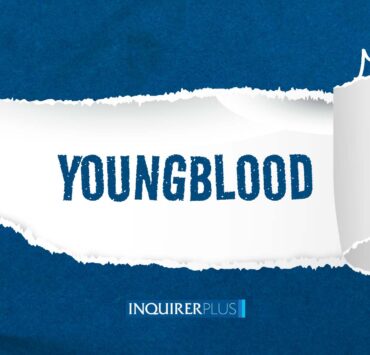

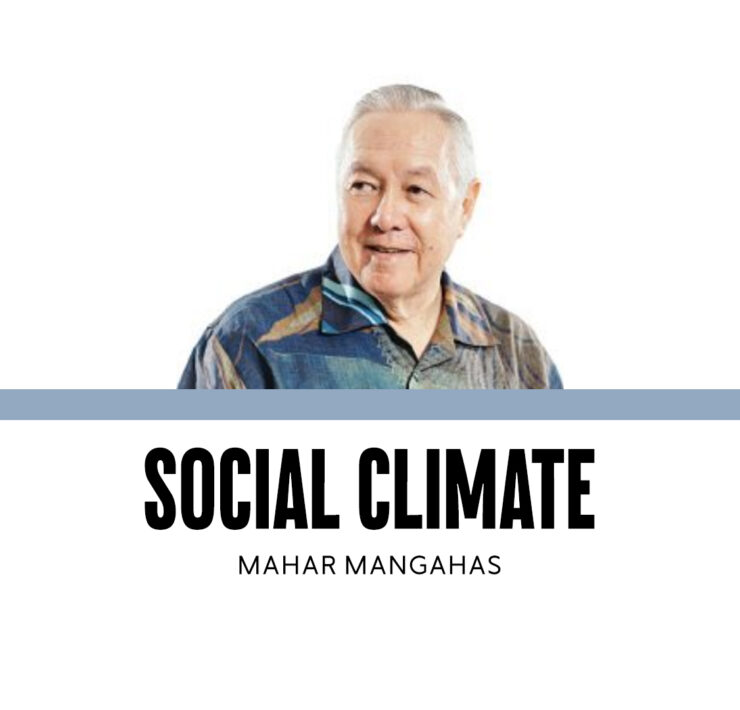


Why bullying thrives and bullies are protected